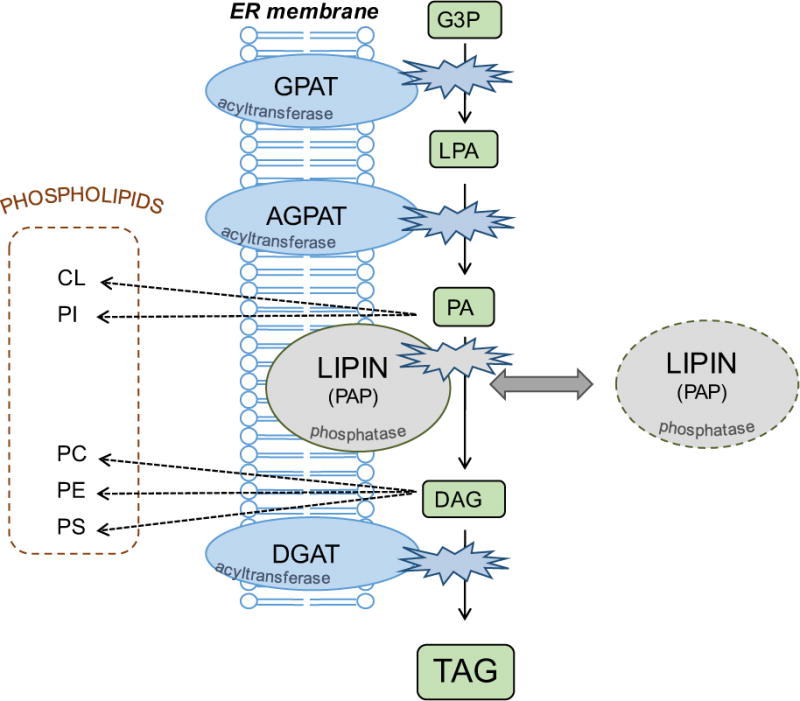Figure 1. Enzymes of the glycerol 3-phosphate pathway.

The primary route for triacylglycerol synthesis in most mammalian tissues involves the sequential transfer of acyl CoAs to a glycerol 3-phosphate backbone by the action of acyltransferases (GPAT, AGPAT, DGAT), and removal of the phosphate group by the action of lipin phosphatidic acid phosphatases (PAP). This pathway also provides building blocks for zwitterionic and anionic phospholipids. The acyltransferases are membrane-resident proteins, whereas lipins may reside in the cytosol and transiently interact with membranes containing the lipid substrate, PA. GPAT, glycerol 3-phosphate acyltransferase; AGPAT, acylglycerol 3-phosphate acyltransferase; DGAT, acyl CoA:diacylglycerol acyltransferase; LPA, lysophosphatidic acid; PA, phosphatidic acid; DAG, diacylglycerol; TAG, triacylglycerol; CL, cardiolipin; PI, phosphatidylinositol; PC, phosphatidylcholine; PE, phosphatidylethanolamine; PS, phosphatidylserine.
